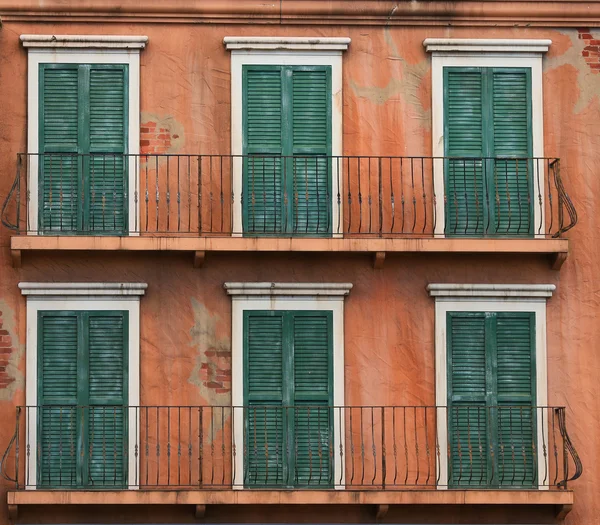The Versatile Applications of Vertical Louvre Systems in Modern Architecture
- Written by The Times
Architects and developers are always looking for novel ways to use the available space as buildings rise taller and cities get more populated. The vertical louvre system, a flexible and efficient technique to offer seclusion, shade, and design to multi-story structures, is one remedy that has grown in popularity in recent years.
The Vertical Louvre System is a brand-new and improved version of the conventional louvre system that differs from its forerunner in several ways. This technology maintains an unhindered view of the outside while allowing for improved control of light and heat through the use of vertical slats that are movable. The slats may be cleaned with ease without having to remove them from the frame, making the Vertical Louvre System low maintenance.
- Aesthetic Appeal
The aesthetic appeal of the vertical louvre system is one of its key advantages. These methods are frequently employed to provide distinctive and striking designs that improve a building's overall appearance. They can be altered in terms of colour, form, and size to adhere to the building's design specifications. Louvre systems can be utilized to provide a building with g a sleek, contemporary look or to bring sophistication to a more classic structure.
- Shading and Privacy
Vertical louvre systems are a common option for shade and privacy. By allowing or obstructing sunlight, the slats can provide natural light while minimizing the demand for artificial lighting. This reduces the building's carbon impact as well as its energy expenditures. By limiting the quantity of outside vision inside the structure, louvre systems can also provide a sense of seclusion and security.
- Light Regulation
The ability of vertical louvre systems to control the amount of light that enters a structure is one of their most important advantages. Sunlight may be let in or blocked out by the slats, which increases natural light while decreasing the demand for artificial illumination. It can also lessen the building's carbon footprint and lower energy expenditures. The louvre system can also provide shading, which can help to minimize cooling costs by limiting the amount of heat that enters a structure.
- Customizable Design
While creating vertical louvre systems, the needs of the building owner and architect can be considered. They can be designed to match the exact specifications of the construction, providing a unique and practical solution. Louvre systems provide numerous design options because they may be varied in terms of colour, form, size, and material.

- Noise Reduction
Vertical louvre systems can also aid in noise reduction in metropolitan settings. Louvre systems can be constructed to absorb and distribute sound waves, making living and working environments more comfortable. This is especially useful in buildings located in congested urban regions, where noise pollution can be a major issue.
- Durability and Weather Resistance
Vertical louvre systems are built to withstand the elements, making them a durable and weather-resistant solution for modern architecture. They are constructed using high-quality materials that can withstand the harsh conditions of the outdoors. Louvre systems are designed to provide long-term protection against weather damage, ensuring that they will continue to function properly for many years.

















